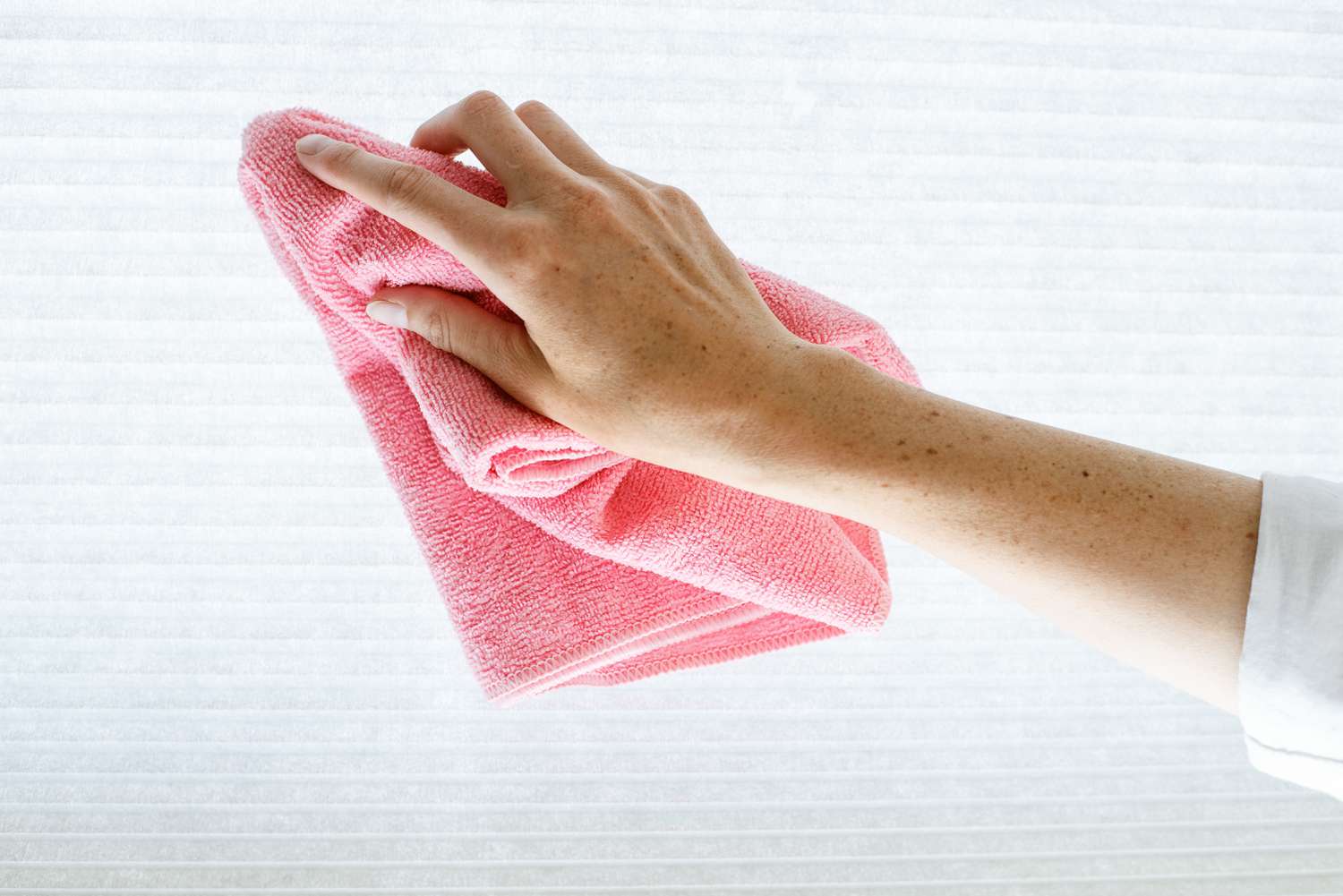

Articles
How To Clean Fabric Blinds
Modified: January 6, 2024
Learn the best articles on how to clean fabric blinds and keep your windows looking fresh and spotless. Find effective tips and techniques for maintaining the cleanliness of your blinds.
(Many of the links in this article redirect to a specific reviewed product. Your purchase of these products through affiliate links helps to generate commission for Storables.com, at no extra cost. Learn more)
Introduction
Fabric blinds are a popular window treatment choice for many homeowners. They offer privacy, light control, and add a touch of elegance to any room. However, like any other household item, fabric blinds can accumulate dust, dirt, and stains over time, making them look unsightly and potentially affecting their functionality.
Regular cleaning and maintenance of fabric blinds not only helps to keep them looking clean and fresh but also prolongs their lifespan. With the right supplies and a few simple steps, you can easily clean your fabric blinds and restore their beauty.
In this article, we will guide you through the process of cleaning fabric blinds, from dusting and vacuuming to spot cleaning stains and deep cleaning. By following these steps, you’ll be able to maintain your fabric blinds in top condition and enjoy their benefits for years to come.
Key Takeaways:
- Regular cleaning and maintenance of fabric blinds is essential to keep them looking fresh and extend their lifespan. Dusting, vacuuming, spot cleaning, and deep cleaning are key steps to ensure your fabric blinds remain beautiful and functional for years to come.
- Gather the necessary supplies, take your time with each step, and ensure your fabric blinds are completely dry before reinstalling them. By following these cleaning techniques, you can enjoy clean, fresh, and well-maintained fabric blinds that enhance your living space and contribute to a healthier environment.
Read more: How To Clean Fabric Accordion Blinds
Supplies Needed
Before you begin cleaning your fabric blinds, gather the following supplies:
- Mild detergent or fabric cleaner
- Warm water
- Bucket
- Gentle brush or microfiber cloth
- Vacuum cleaner with brush attachment
- Spot cleaner or stain remover (optional)
- Towel or absorbent cloth
Having these supplies on hand will ensure that you have everything you need to effectively clean your fabric blinds without causing any damage to the material.
Once you have gathered all the necessary supplies, you’re ready to start the cleaning process.
Step 1: Dusting the Blinds
The first step in cleaning fabric blinds is to remove any dust or loose debris that has accumulated on the surface. Dusting regularly helps to prevent the build-up of dirt and keeps your blinds looking fresh.
To dust your fabric blinds, you can use a gentle brush or a microfiber cloth. Start by closing the blinds fully and then gently run the brush or cloth along the slats or pleats, moving from top to bottom. Make sure to reach both the front and back surfaces of the blinds to remove all the dust.
If you’re using a brush, it’s important to choose one with soft bristles to avoid damaging the fabric. Microfiber cloths are also a great option as they are gentle on the blinds and effectively trap dust particles.
Remember to be thorough in your dusting, paying attention to the corners and crevices where dust tends to accumulate. Take your time and ensure that you remove all visible dust before moving on to the next step.
By dusting your fabric blinds regularly, you’ll not only keep them looking clean but also help maintain their overall condition.
Step 2: Vacuuming the Blinds
After dusting, the next step is to vacuum your fabric blinds to remove any remaining dirt, debris, or pet hair. Vacuuming helps to deep clean the blinds and ensure that they are free from any particles that may have been missed during the dusting process.
Start by attaching a brush attachment to your vacuum cleaner. This attachment is specifically designed to clean delicate surfaces such as fabric blinds without causing any damage. If your vacuum cleaner doesn’t have a brush attachment, you can also use a soft brush attachment or the upholstery setting.
Close the blinds fully and then slowly run the vacuum cleaner along the blinds, moving from top to bottom. Apply gentle pressure to allow the vacuum to effectively suck up any dirt or debris. Make sure to cover both the front and back surfaces of the blinds.
Pay extra attention to the areas between the slats or pleats, as this is where dust and debris tend to accumulate the most. Move the vacuum cleaner from side to side to thoroughly clean these areas.
If you notice any stubborn stains or spots during the vacuuming process, make a mental note of them as you’ll address them in the following steps.
By vacuuming your fabric blinds, you’ll ensure a deeper clean and remove any remaining dirt or debris that may be present.
To clean fabric blinds, start by using a vacuum with a brush attachment to remove dust and debris. Then, spot clean any stains with a mild detergent and water, and allow the blinds to air dry completely before rehanging.
Step 3: Spot Cleaning Stains
Over time, fabric blinds can develop stains from spills, splatters, or general wear and tear. Spot cleaning these stains is an important step in maintaining the appearance of your blinds and preventing them from becoming permanent.
To spot clean stains on fabric blinds, start by mixing a mild detergent or fabric cleaner with warm water in a bucket. Follow the instructions on the detergent packaging for the correct dilution ratio.
Dip a clean cloth or sponge into the soapy solution and gently blot the stained area. Avoid rubbing or scrubbing, as this can spread the stain or damage the fabric. Instead, apply light pressure and blot the stain until it begins to lift.
If the stain is stubborn and doesn’t come off with the soapy solution, you can try using a specialized stain remover. Apply a small amount of the stain remover directly to the stain and gently blot it with a clean cloth. Be sure to read the instructions on the stain remover and test it on a small, discreet area of the blinds first to avoid any potential damage.
Continue this process until the stain is completely removed. Once the stain is gone, rinse the area with clean water to remove any soapy residue. Use a towel or absorbent cloth to pat the area dry.
It’s important to address stains on fabric blinds as soon as possible to prevent them from setting and becoming more difficult to remove. Regular spot cleaning will help to keep your blinds looking fresh and stain-free.
Read more: How To Paint Fabric Blinds
Step 4: Deep Cleaning the Blinds
Deep cleaning your fabric blinds on a regular basis helps to remove embedded dirt, grime, and lingering odors. This step is especially important if your blinds are exposed to high traffic areas or if you have pets in your home.
To deep clean your fabric blinds, fill a bucket with warm water and add a mild detergent or fabric cleaner. Mix the solution until it becomes soapy.
Next, close the blinds fully and gently lower them into the bucket, allowing them to soak for a few minutes. This will loosen any embedded dirt and help lift stubborn stains.
After soaking, use a soft brush or sponge to gently scrub the blinds, moving from top to bottom. Be careful not to scrub too vigorously, as it can damage the fabric. Pay extra attention to areas with stains or heavy dirt buildup.
Once you have thoroughly cleaned the blinds, drain the soapy water from the bucket and refill it with clean water. Rinse the blinds by gently lowering them into the bucket and swishing them back and forth.
Alternatively, you can use a clean cloth soaked in clean water to wipe down the blinds. Make sure to rinse off any remaining soap residue.
After rinsing, gently squeeze out any excess water from the blinds and allow them to air dry. Avoid hanging wet blinds back up immediately, as this can cause mold or mildew to develop.
If your fabric blinds have removable slats, you may consider taking them down and washing them separately according to the manufacturer’s instructions. This will ensure a more thorough clean.
Deep cleaning your fabric blinds periodically will help to maintain their freshness and extend their lifespan.
Step 5: Drying and Reinstalling the Blinds
After cleaning your fabric blinds, it’s important to ensure they are completely dry before reinstalling them. This step is crucial to prevent any moisture-related issues such as mold or mildew.
To dry your fabric blinds, gently squeeze out any excess water from the blinds. You can also use a clean, absorbent towel or cloth to blot the blinds and remove as much moisture as possible.
Next, hang the blinds in a well-ventilated area to air dry completely. It’s best to hang them outside if weather permits, as the fresh air and sunlight can aid in the drying process and help to eliminate any lingering odors. If you’re unable to hang them outside, choose a well-ventilated room with good air circulation.
Allow the blinds to dry thoroughly before reinstalling them. This may take several hours or even overnight, depending on the fabric and humidity levels.
Once the blinds are completely dry, carefully reinstall them back in their original position. Follow the manufacturer’s instructions or the specific installation method for your blinds to ensure proper placement.
Take this opportunity to inspect the blinds for any remaining stains or spots. If you notice any, you can spot clean them again using the techniques mentioned in Step 3.
By ensuring that your fabric blinds are fully dry before reinstalling them, you’ll maintain their condition and prevent any potential damage or issues.
Conclusion
Keeping your fabric blinds clean and well-maintained not only enhances the overall appearance of your home but also extends their lifespan. By following these steps, you can easily clean and care for your fabric blinds, ensuring they remain beautiful and functional for years to come.
Regular dusting and vacuuming help to remove surface dirt and dust, while spot cleaning tackles stains and spills promptly. Deep cleaning on a periodic basis eliminates embedded dirt and odors, giving your blinds a thorough refresh.
Remember to gather all the necessary supplies before starting the cleaning process, including mild detergent, warm water, a bucket, a gentle brush or microfiber cloth, a vacuum cleaner with a brush attachment, and potentially a stain remover for stubborn stains.
Take your time with each step, being mindful of the fabric and avoiding excessive scrubbing or harsh chemicals that can damage your blinds. In addition, make sure to properly dry your blinds before reinstalling them to prevent moisture-related issues.
By incorporating these cleaning techniques into your regular home maintenance routine, you can enjoy clean and fresh fabric blinds that not only enhance your living space but also contribute to a healthier and more comfortable environment.
So go ahead, give your fabric blinds the attention they deserve and enjoy the benefits of a clean and well-maintained window treatment!
Frequently Asked Questions about How To Clean Fabric Blinds
Was this page helpful?
At Storables.com, we guarantee accurate and reliable information. Our content, validated by Expert Board Contributors, is crafted following stringent Editorial Policies. We're committed to providing you with well-researched, expert-backed insights for all your informational needs.

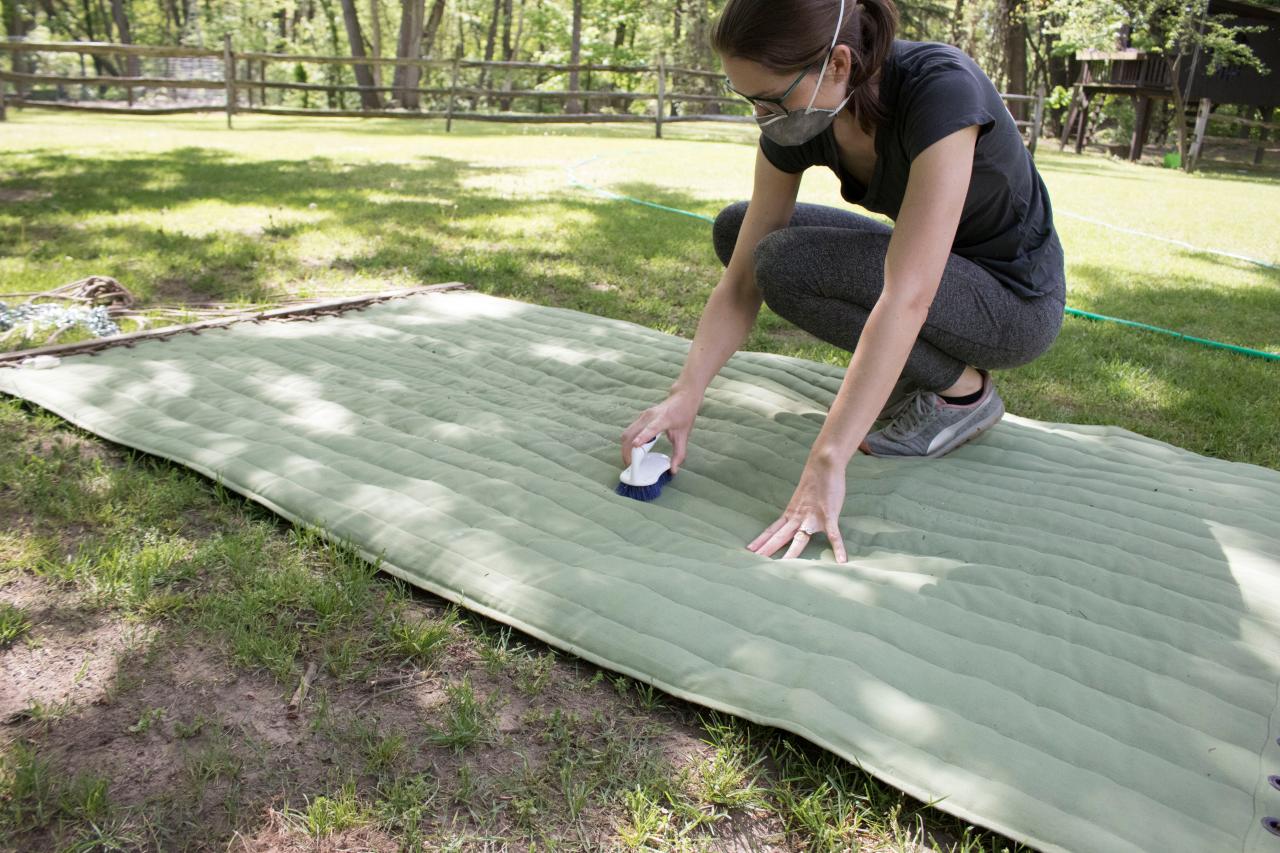


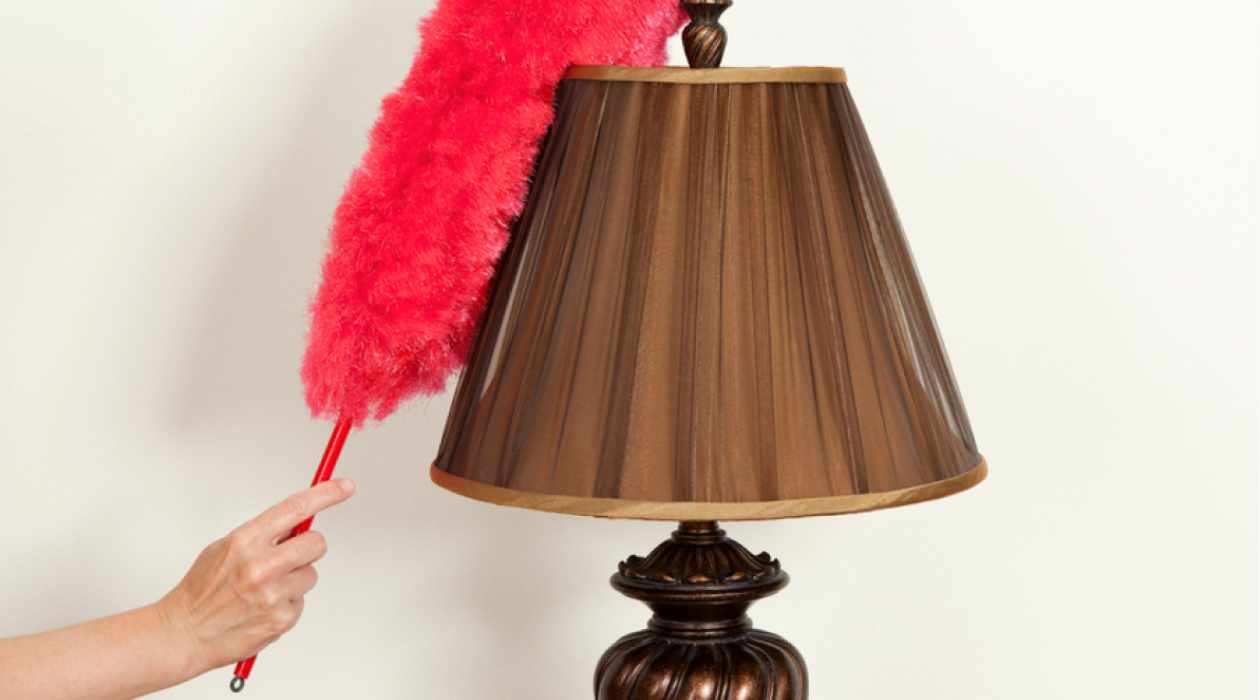
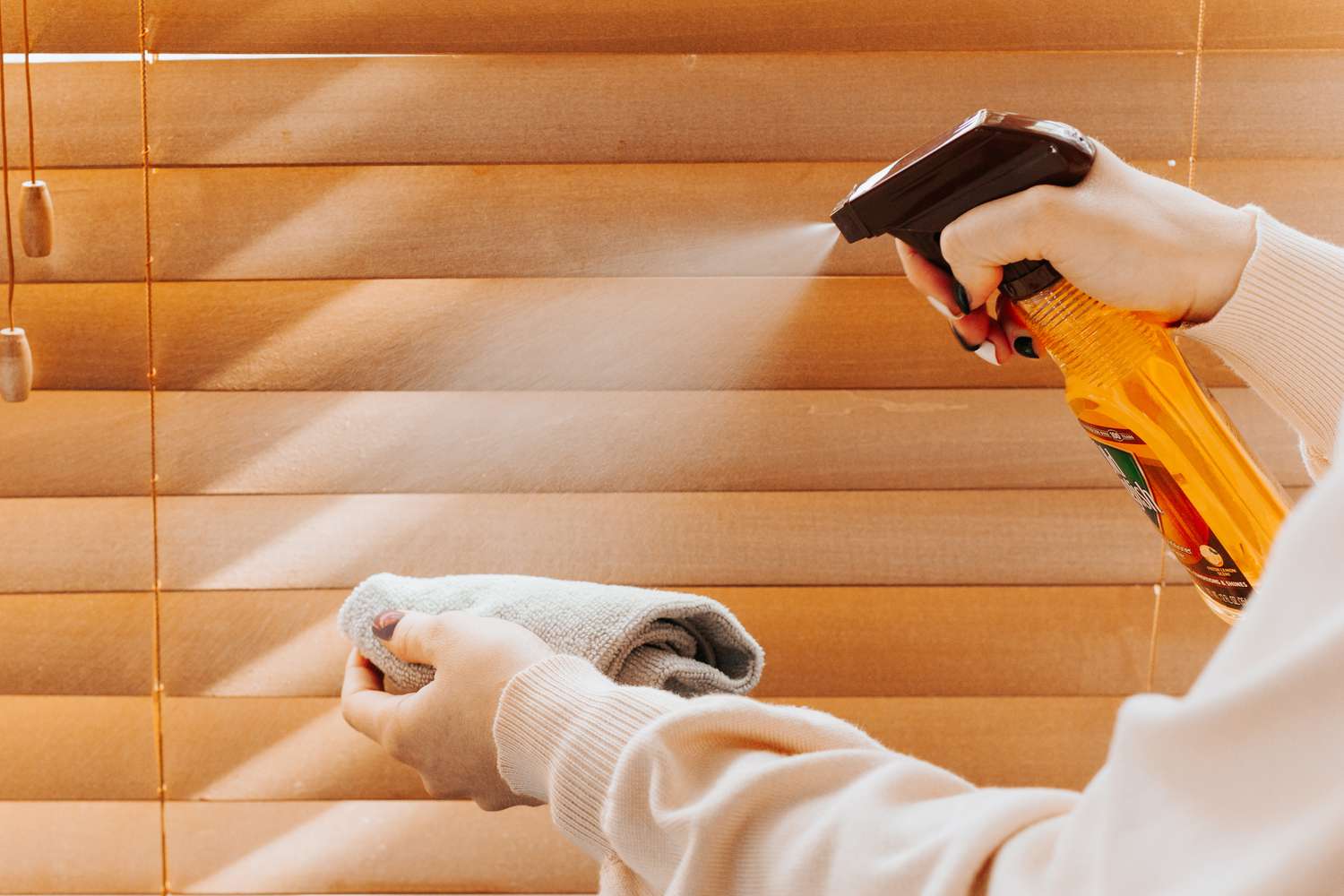
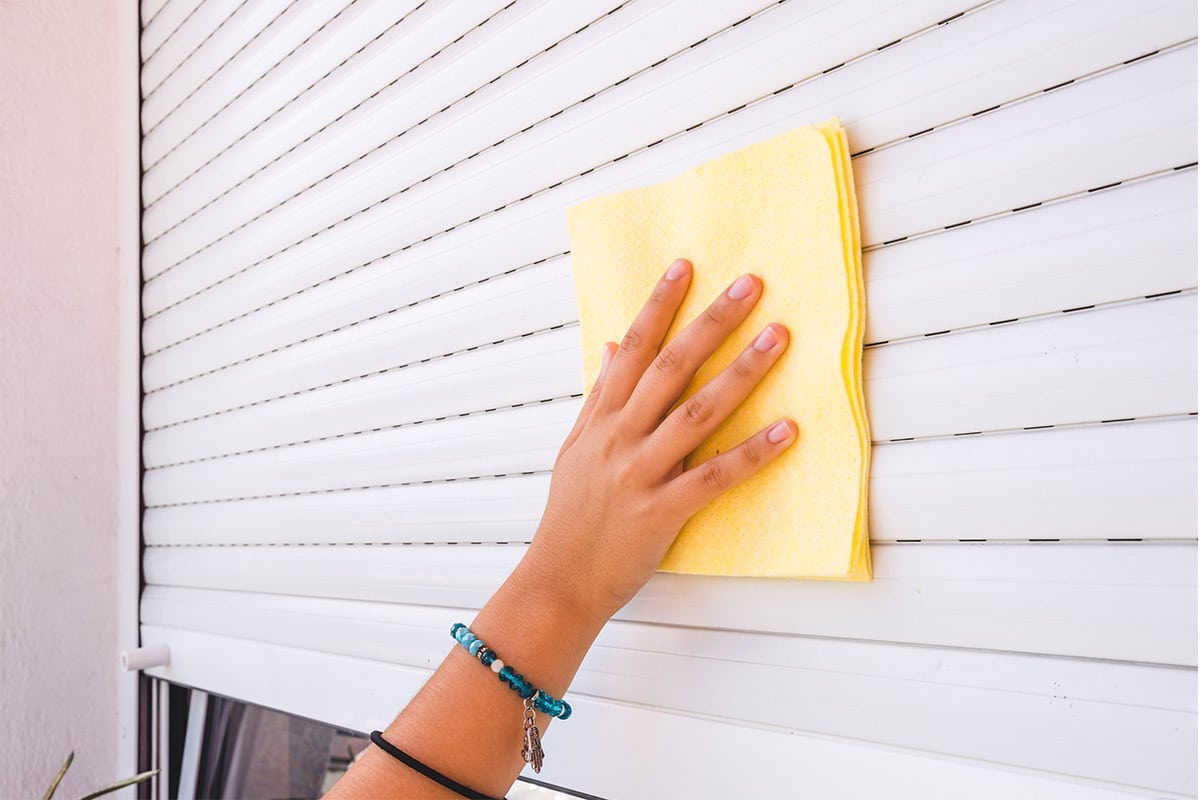


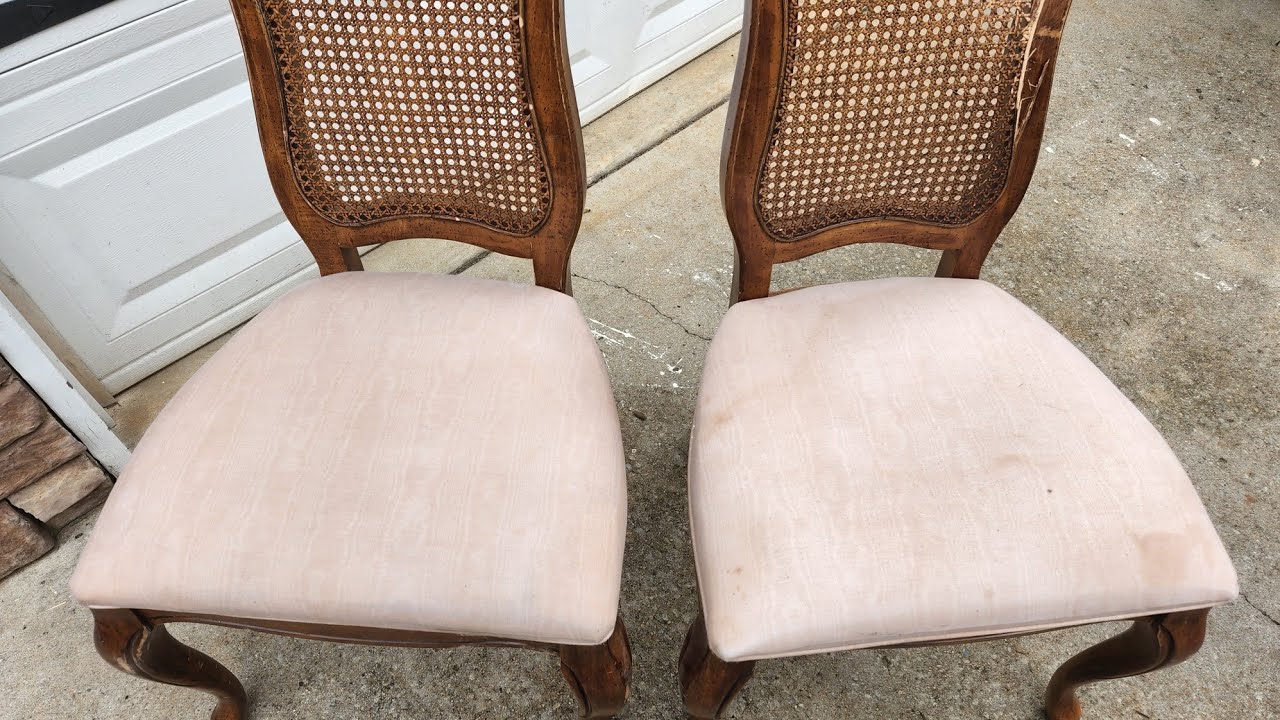
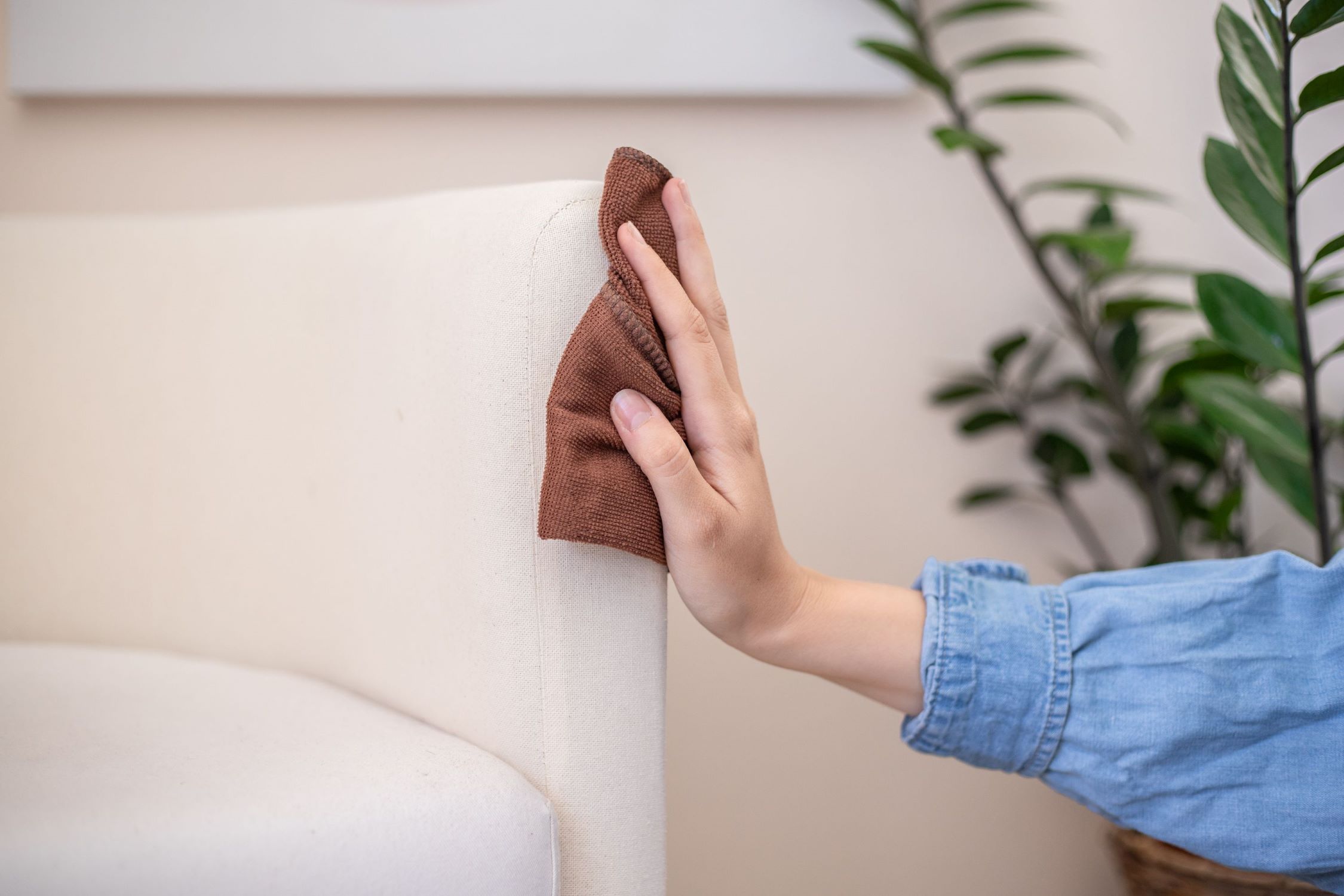
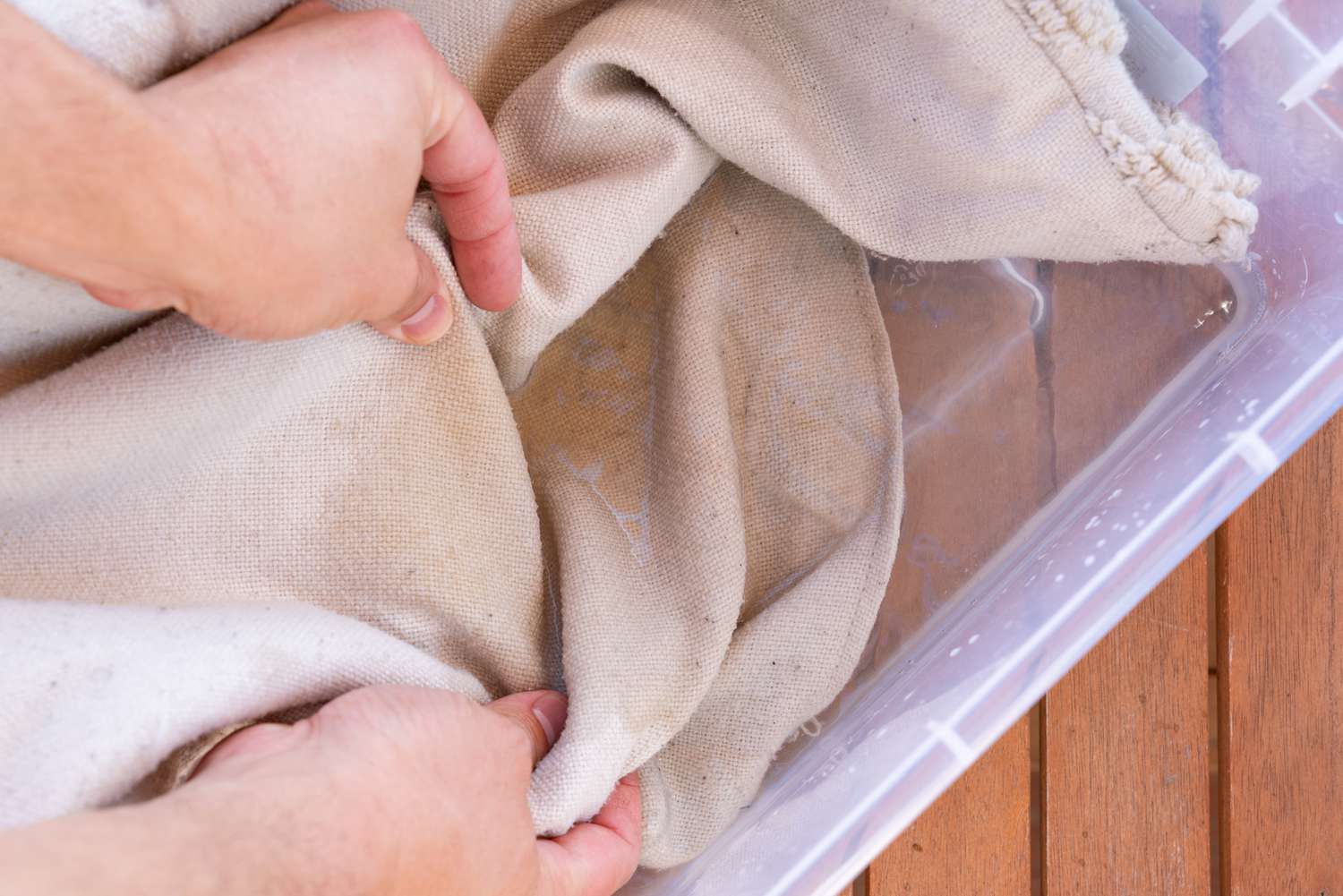



0 thoughts on “How To Clean Fabric Blinds”